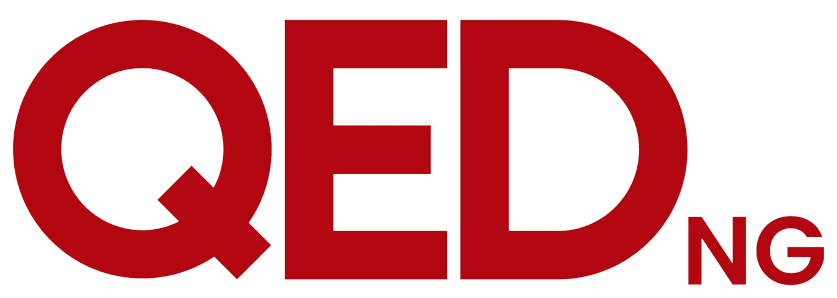Nigeria has been named as the ninth most dangerous country in the world for women in a survey of global experts released on Tuesday.
India holds the number one spot.
The Thomson Reuters Foundation survey of about 550 experts on women’s issues ranked war-torn Afghanistan and Syria in second and third place, with Somalia and Saudi Arabia next.
The survey was a repeat of a similar poll in 2011 which ranked the most dangerous countries for women as Afghanistan, Democratic Republic of Congo, Pakistan, India and Somalia.
It asked which five of the 193 United Nations member states were most dangerous for women and the worst for healthcare, economic resources, traditional practices, sexual and non-sexual abuse, and human trafficking.
Here is the list of the 10 countries ranked as the most dangerous for women by the survey, conducted between March 26 and May 4:
1 INDIA – Tops the list, with levels of violence against women still running high, more than five years after the rape and murder of a student on a bus in Delhi sparked national outrage and government pledges to tackle the issue.
India ranked as the most dangerous on three issues – the risks women face from sexual violence and harassment, from cultural and traditional practices, and from human trafficking including forced labour, sex slavery and domestic servitude.
2 AFGHANISTAN – Second in the list, with experts saying women face dire problems nearly 17 years after the overthrow of the Taliban.
Ranked as the most dangerous country for women in three areas – non-sexual violence, access to healthcare and access to economic resources.
3 SYRIA – Third after seven years of civil war. Ranked as second most dangerous country for women in terms of access to healthcare and non-sexual violence, which includes conflict-related violence as well as domestic abuse. Joint third with the United States on the risks women face of sexual abuse.
4 SOMALIA – Fourth after being mired in conflict since 1991. Ranked as third most dangerous country for women in terms of access to healthcare and for putting them at risk of harmful cultural and traditional practices. Named as fifth worst in terms of women having access to economic resources.
5 SAUDI ARABIA – Overall fifth, but the conservative kingdom was named the second most dangerous country for women in terms of economic access and discrimination, including in the workplace and in terms of property rights. Fifth in terms of the risks women face from cultural and religious practices.
6 PAKISTAN – Sixth most dangerous and fourth worst in terms of economic resources and discrimination as well as the risks women face from cultural, religious and traditional practices, including so-called honour killings. Pakistan ranked fifth on non-sexual violence, including domestic abuse.
7 DEMOCRATIC REPUBLIC OF CONGO – Listed as seventh with the United Nations warning millions of people face “hellish living conditions” after years of factional bloodshed and lawlessness. Ranked as second most dangerous country for women as regards sexual violence, and between seventh and ninth in four other questions.
8 YEMEN – Eighth in the list after ranking poorly on access to healthcare, economic resources, risk from cultural and traditional practices, and non-sexual violence. Yemen is still reeling from the world’s most urgent humanitarian crisis with 22 million people in need of vital assistance.
9 NIGERIA – Ranked as ninth, with human rights groups accusing the country’s military of torture, rape and killing civilians during a nine-year fight against Boko Haram militants. Nigeria was named fourth most dangerous country along with Russia when it came to human trafficking. It listed sixth worst on the risks women face from traditional practices.
10 UNITED STATES – The only Western nation in the top 10 and joint third with Syria for the risks women face in terms of sexual violence, including rape, sexual harassment, coercion into sex and a lack of access to justice in rape cases. The survey came after the #MeToo campaign went viral last year, with thousands of women using the social media movement to share stories of sexual harassment or abuse.










